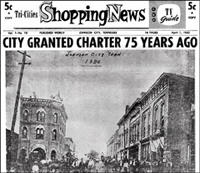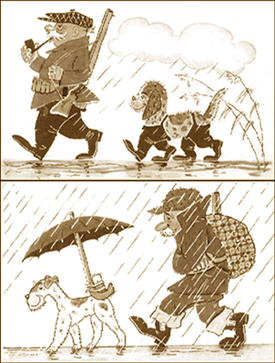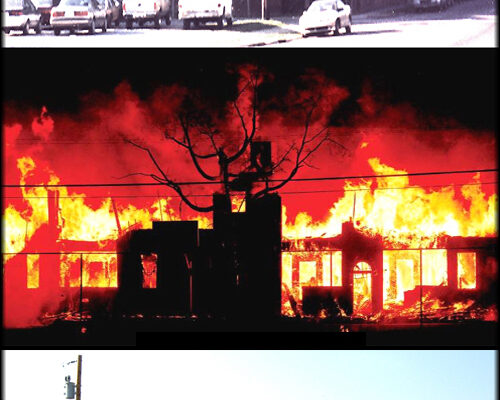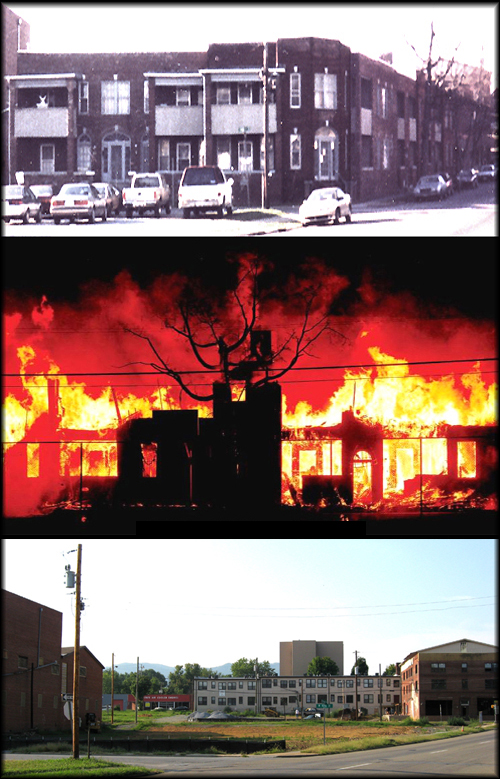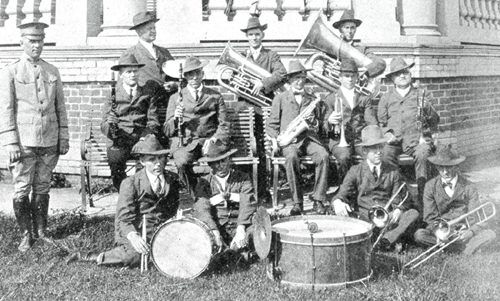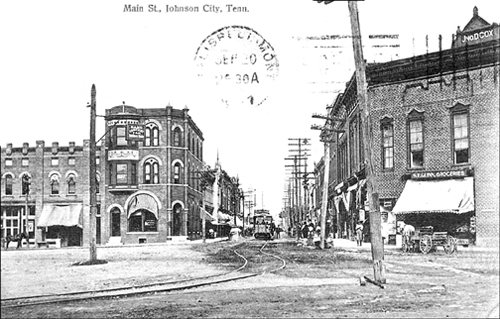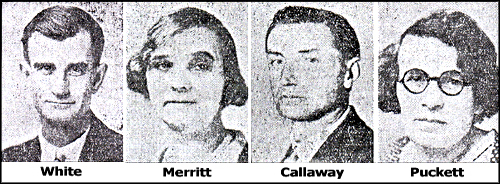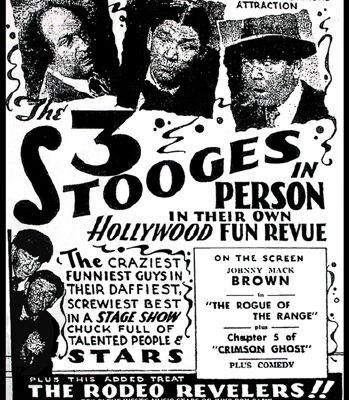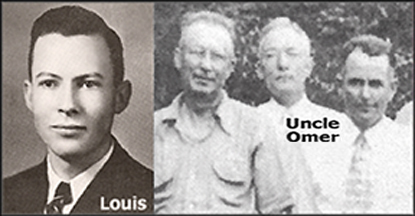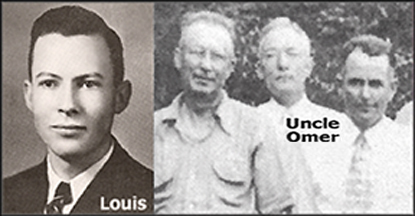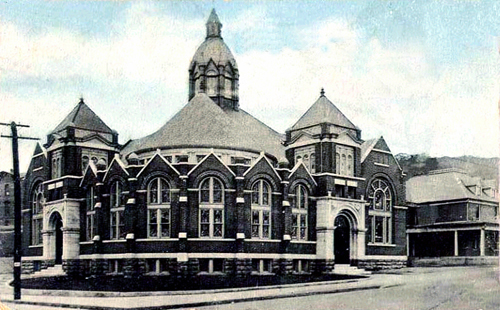York Trivette, a lifelong resident of Johnson City, has something priceless in his possession – an 8”x10” mildly colorized glossy photo made in 1942 that reveals a large clock from Hart’s Jewelers, a business that opened in 1923.
According to York, Mr. H.E. Hart devised a clever advertising promotion for several years during the 1930s and 1940s. His store was located at 214 E. Main, sandwiched between Peoples Drug Store and Goldstein’s Clothing Store.
Mr. Hart ingeniously made use of one of his store clocks by covering the face of it, except for the hands, with a 50” diameter circular piece of thick white cardboard that contained a small hole in the center for the stem. He then superimposed on it a 30” diameter round photo of the face of a clock that appeared to have been used as a cigarette ad. Perched on the long hand of the clock photo, the man was offering the lady, straddling the short one, a cigarette.

Surrounding the photograph were two circles displaying bust photos of the 178 members of the JCHS (Johnson City High School) graduating class of 1942. The 108 girls’ pictures on the outside ring surrounded the 70 boys’ photos on the inside. Mr. Hart even placed his mug shot with the words “Compliments, H.E. Hart” at the bottom just below the “6” on the clock. Completing this project was likely a daunting and time-consuming task.
York further noted that the senior class was divided into two parts; the 12B graduates received their diplomas in December while the 12A ones obtained theirs in May. The clock campaign was separately aimed at both groups.
About five to six weeks before graduation, the storeowner wound the immense timepiece and carefully placed it in his front store window, filling all available space. York was not sure what made the clock run, but alleged it had a windup mechanism. He emphasized that it was not a grandfather clock.
The jewelry store’s goal was to attract students, families, friends, townspeople and other interested parties to stop by the business frequently to observe if the clock was still ticking. The ultimate intent was for customers to come in and buy something. When the device finally stopped running just days before graduation, two fortunate students were rewarded a wristwatch.
When the 1942 clock stopped running at 4:33, the long hand pointed to Betty Jean Simmons and the small one to Bernie Andrews. She received a Tavannes watch and he accepted a Longines one. If the short hand had moved clockwise 20 more people (about 4.5 hours), York Trivette would have been declared a winner. He explained that getting a top-of-the-line watch in those days was pretty exciting for a young high school student. Also, it was a big deal then to get to go to downtown Johnson City.
“About 80-90% of the boys on that 1941-42 clock went into the military soon after graduation,” said York. “Several months after I received my diploma, I enlisted in the U.S. Marine Corps;some of my classmates went into service before I did.
“One classmate, Jim Tomblin, distinguished himself in the Air Force, earning several medals. He later spent quite some time in a prisoner of war camp. Because of the war effort, I do not think the clock promotion was done for the 1942-43 school year.”
The witty advertising campaign’s well-known and much anticipated clock contest eventually wound down and stopped, becoming another entry in the city’s business history. After Hart’s Jewelers closed sometime between 1965 and 1970, Zale’s Jewelers took over that location. Let me hear from you if you remember this unique campaign.
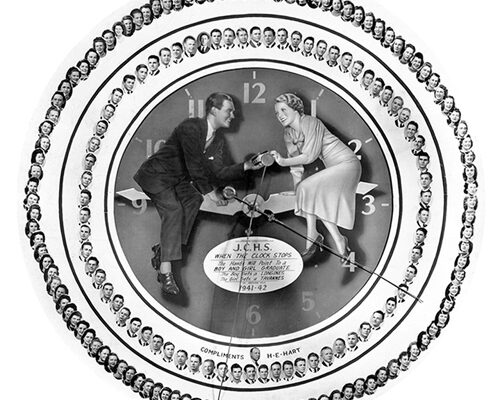
 and 1950 Ads-1050x400.jpg)


